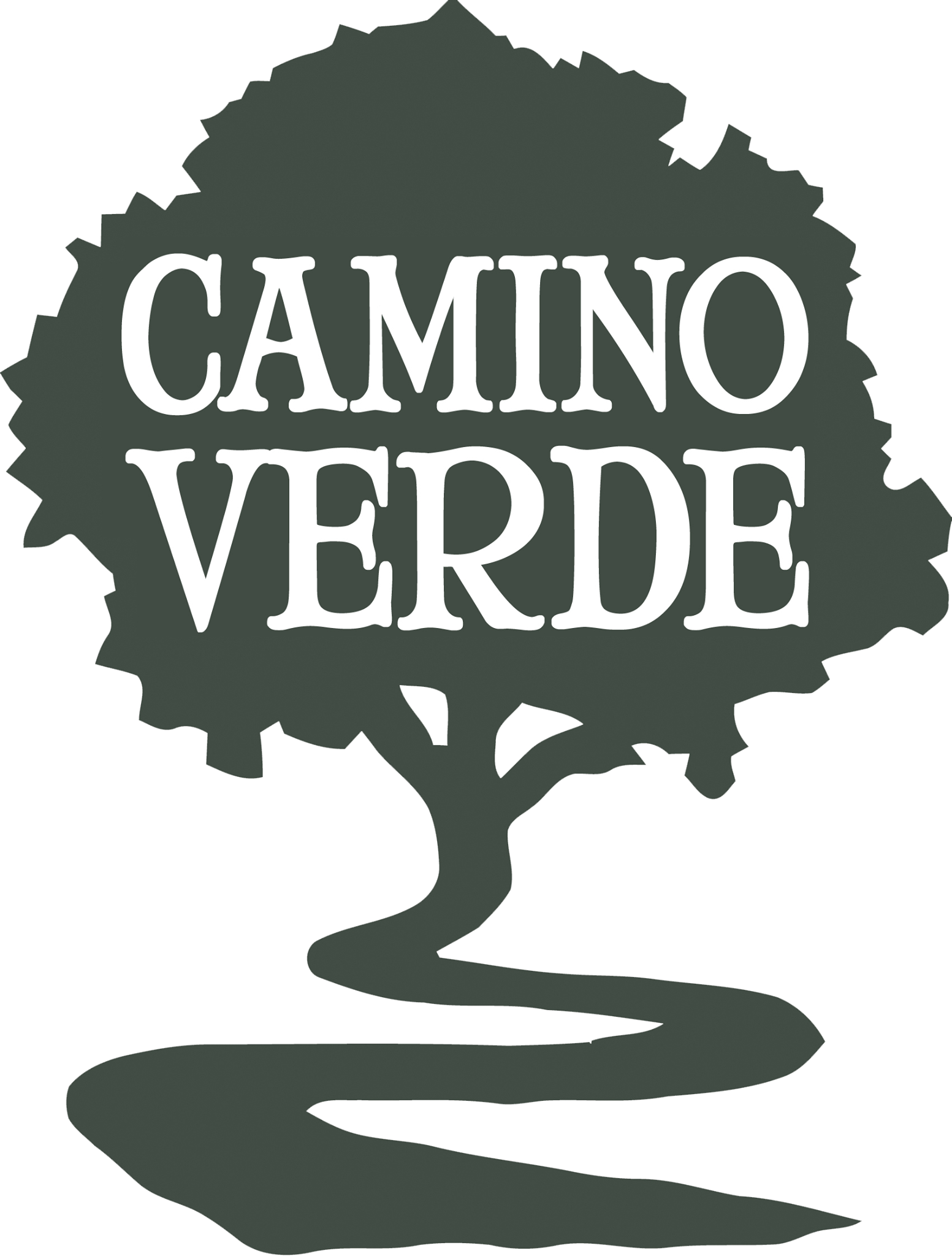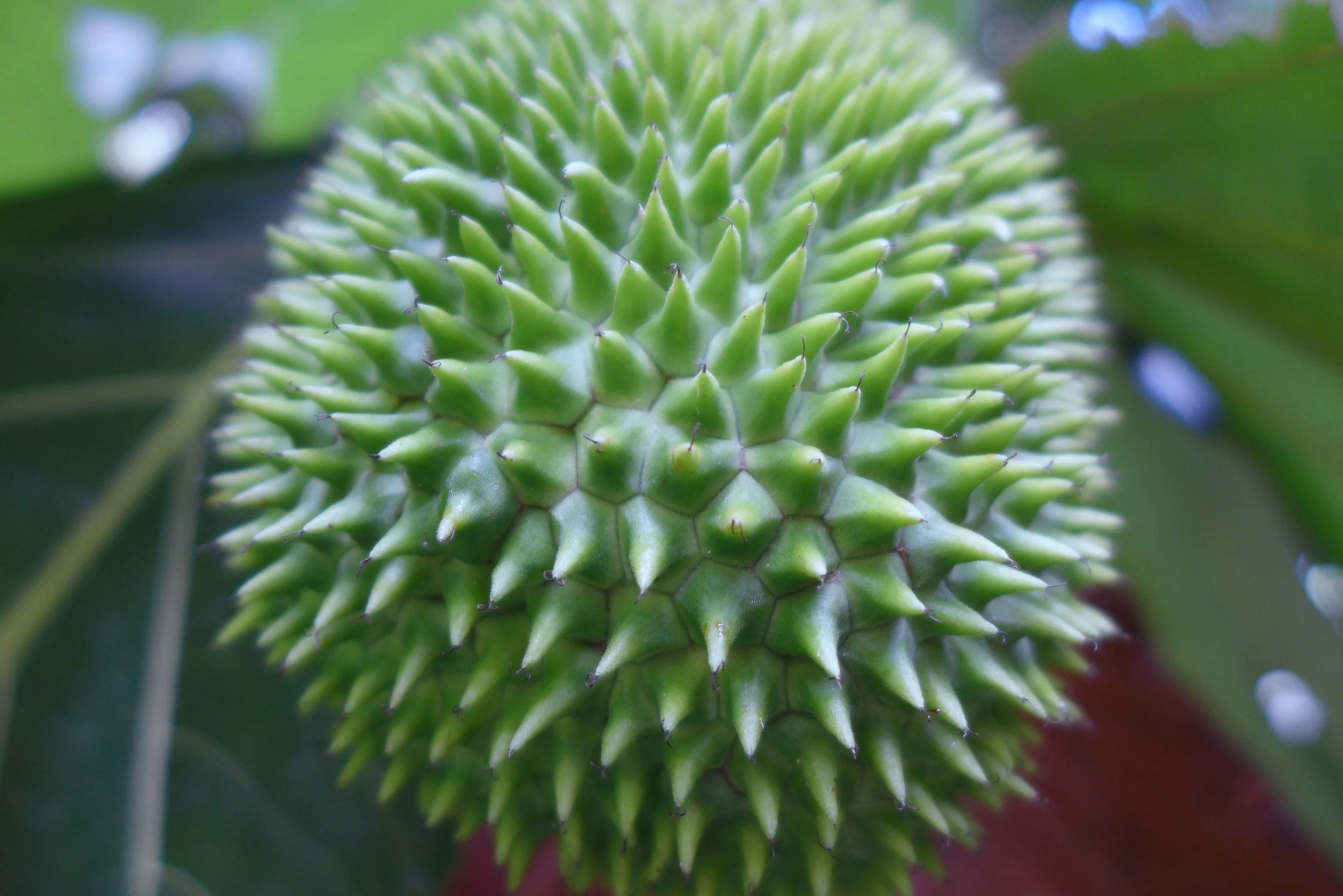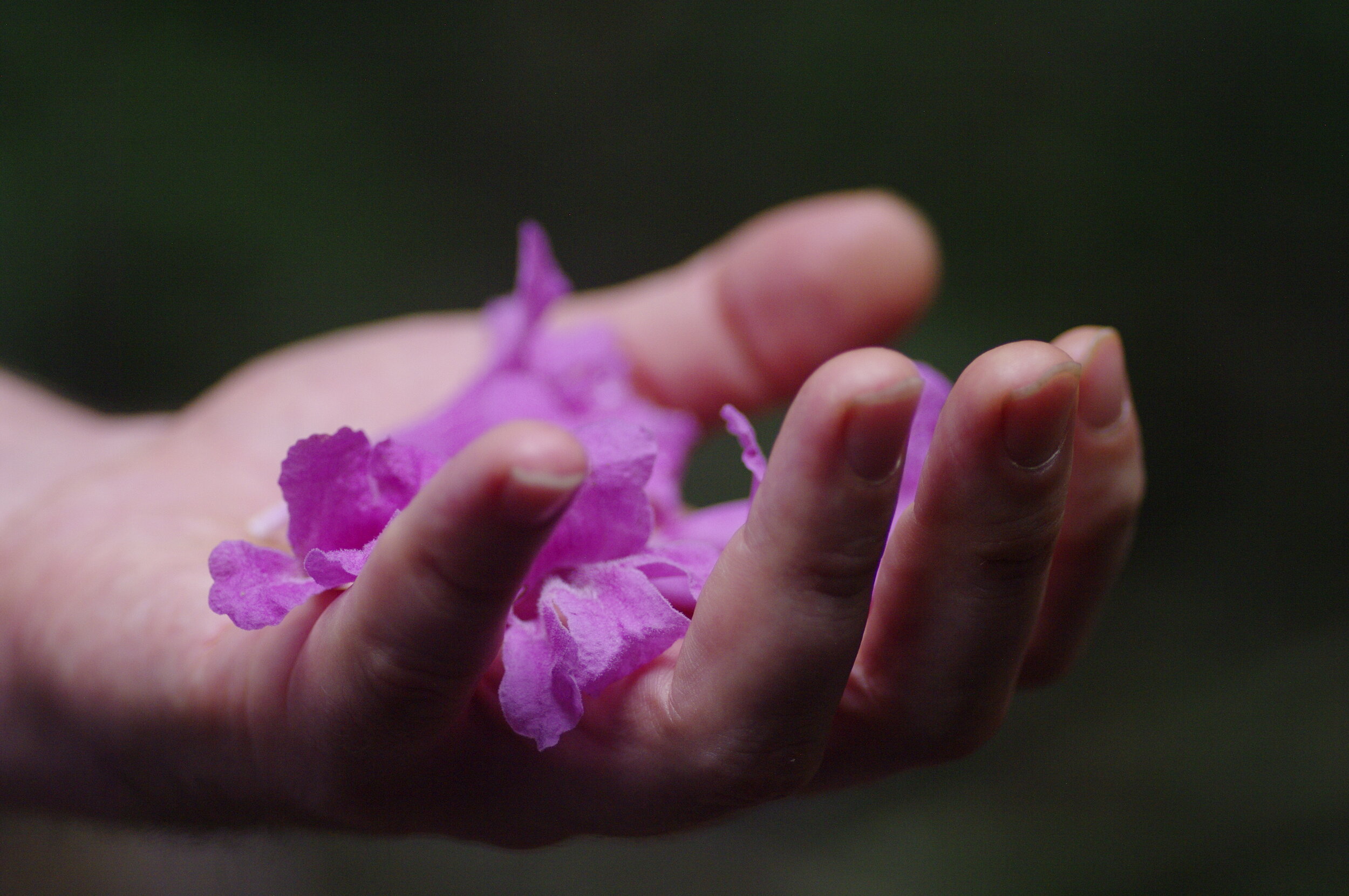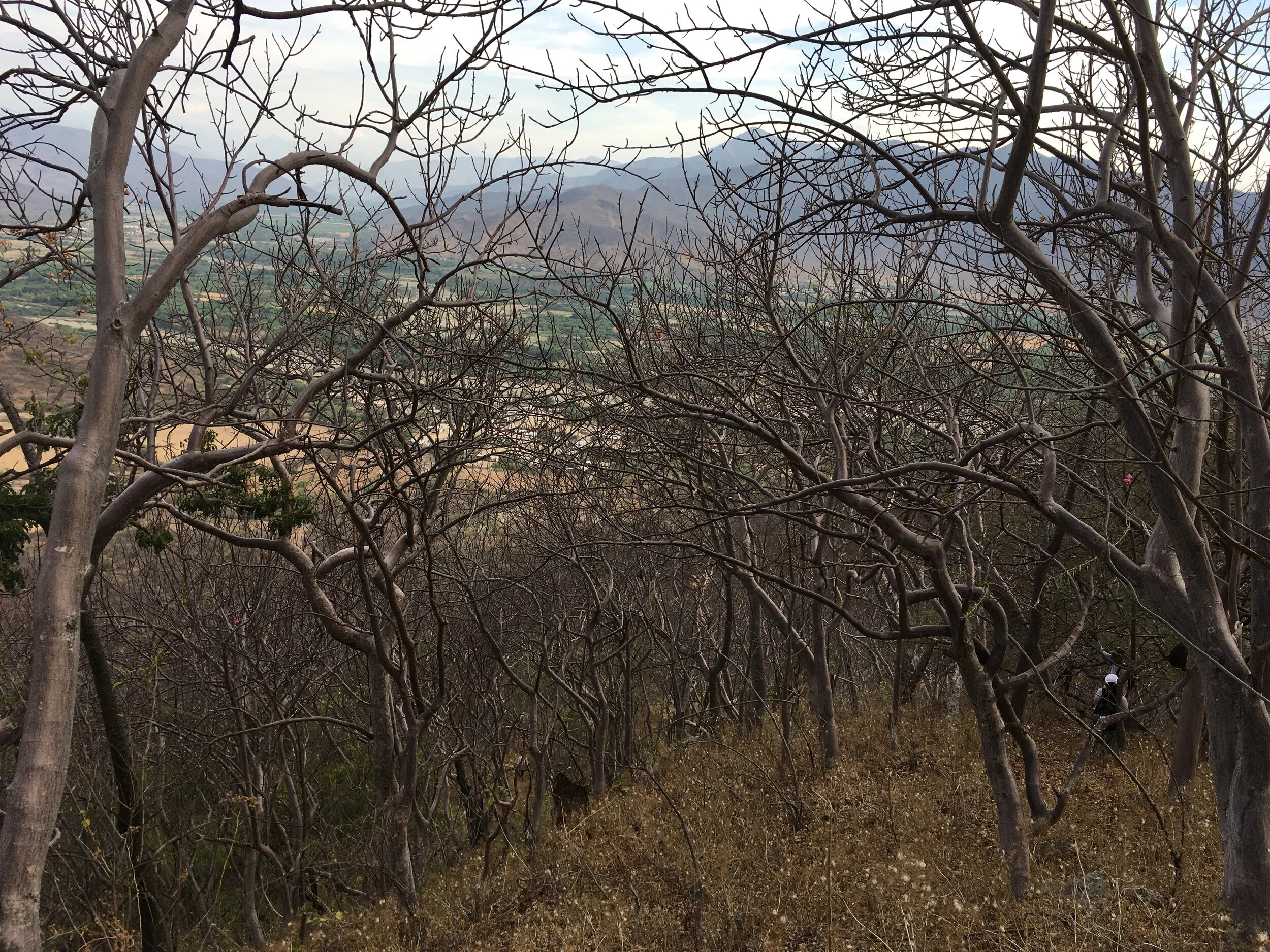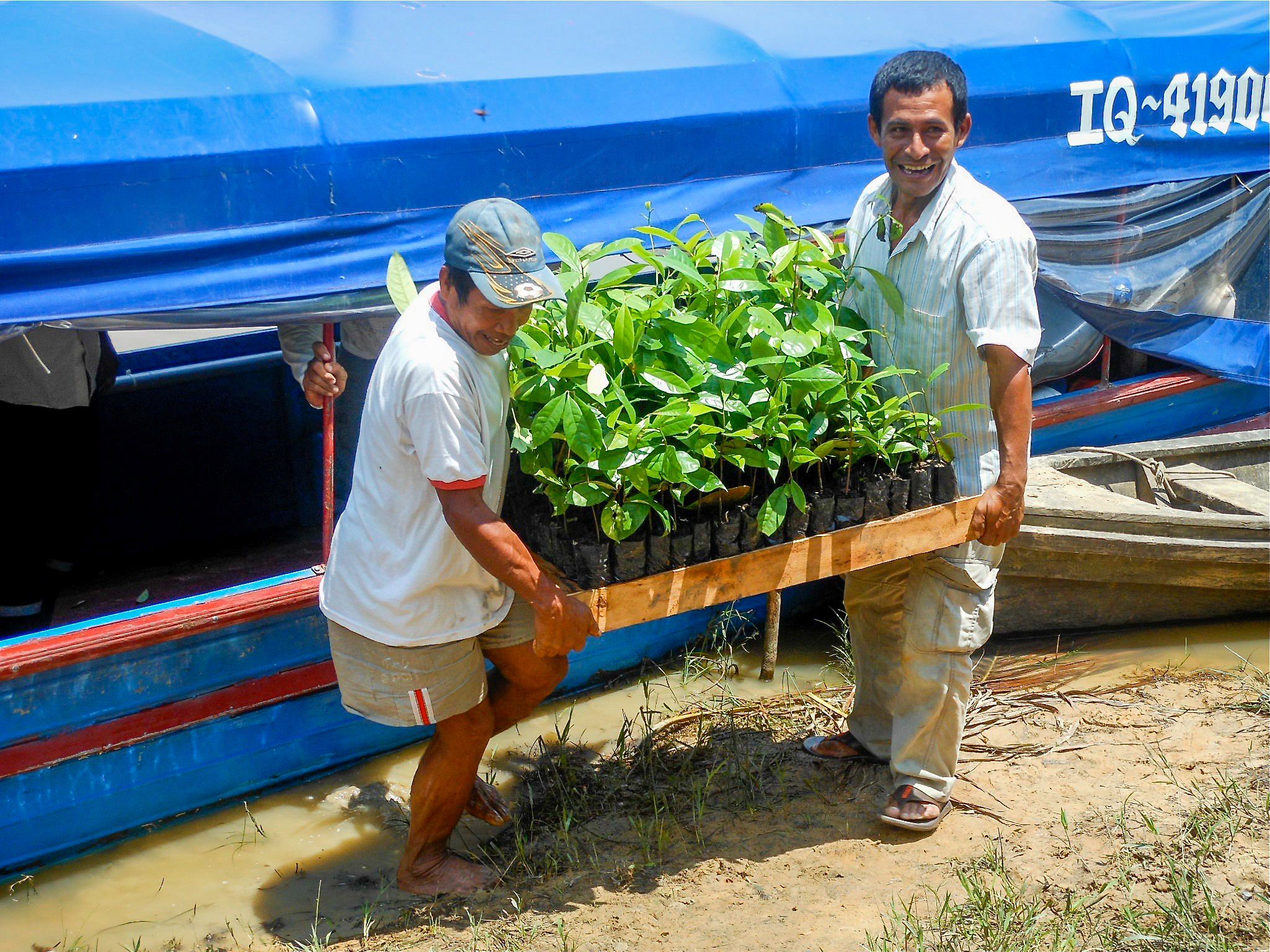For the past eight years, I have been part of Camino Verde La Joya, a reforestation center dedicated to the production of native plant species in its tree nursery, with the primary objective of restoring areas that have been degraded by cattle ranching and agriculture.
Read MorePeru is often described as an Andean nation. But when it comes down to counting the square kilometers, in fact it’s majority Amazon. Indeed, the Amazonian bio-region covers 60% of the national territory – which is an area the size of Turkey, or if you prefer, about the same expanse as Pakistan.
Read MoreIt was more than 14 years ago when I first arrived to the rainforest of Peru, specifically to the region of Loreto, to carry out what would be the final project for my degree, with which I would graduate as an agronomy engineer from a Spanish university. Different worlds, the Iberian Peninsula and the Peruvian Amazon
Read MoreThis is the time of most flowers and cicadas, when the native stingless bees build their honey stores the quickest. This is the time of avocados and low river levels, when we humans and the forest are all together holding our breath for the explosion of coming rains.
Read MoreAmazon forest. Reforestation. Agroforestry systems. Traditional knowledge. Socio-ecological systems. These are all terms I learned during my education, behind my desk. For years, I had this looming feeling something wasn’t right and that it wasn’t enough.
Read MoreThere’s nothing like being completely ringed by primary forest, it hugs you with its warm breath, it surrounds you in an auditory landscape that attunes your primal senses, and it floods your olfactory, creating a memory so unique, it will be hard to recollect or describe it when you are back to your normal life.
Read MoreHe had on a Direct TV shirt and a backpack slung over his left shoulder. We had met him on the path, he traveling towards the compound and our party of five headed deeper into the jungle. Robin stopped and chatted with him for a moment.
Read MoreIt had not been a week since my arrival at the farm when Peru's president announced the immediate enforcement of a national state of emergency, starting with a fourteen-day quarantine and a ban on all intra- and inter- national travels. From days to weeks to finally months, the measures kept extending.
Read MoreStanding at the base of a giant kapok tree leaves you feeling small and insignificant. Letting your eye be led by one of the characteristic rows of bumps that vertically stripe the trunk’s bark like meridiens, you can go from the soil to the hundred foot (forty meter) high crown by following what may very well be a route traveled by trains of leafcutter ants ascending into the canopy, descending with their cargo.
Read MoreThe smell is so unique yet has become so familiar. Palo Santo – holy wood, Bursera graveolens – was almost unknown outside of Peru and Ecuador’s borders as recently as the 90’s. But in 2019 Palo Santo is subject to controversy and continues to be shrouded in mystery and confusion.
Read MoreEvery year in the high Andes of Peru, tens of thousands of pilgrims walk a cold stony trail to the base of one of the region's many glaciers. Some go barefoot, while others crawl on hands and knees in penance to a miraculous apparition housed in an isolated chapel.
Read MoreWhen I think about the future of our organization, usually the beginnings are what come to my mind. What was the first tree planted? How much have we evolved as an organization and how did we do it? All of our results are intrinsically related to the way our plants have thrived.
Read MoreOn a rainy Wednesday at our little home, we put our daily tasks on pause. 20 months ago, we decided to make a dream come true, to make room for life. How they have all grown, what an achievement! And what hard work. I remember every moment since we first met
Read MoreIts name means healing water or “Medicine River.” The Ampiyacu, one of hundreds of minor tributaries of the Amazon, shines silver in the imposing afternoon sun. The etymology of the river’s name is open to speculation
Read MoreIt’s almost eery. The first time you hear it approach, if you’re like my neighbor Ernesto, you may think it’s a bumble bee. Or, to be more precise, the aggressive solitary bees called ronsapas that inhabit stumps of dead wood and defend their territory by way of nasty stings.
Read MoreThe seedlings are strong and tall, and I can see satisfied faces and eager hands moving carefully to place these future giants into crates for transport. Today it’s ten species that are moving out – ten kinds of native trees of the Amazon that are as useful as they are endangered.
Read MoreImagine if chocolate had an exotic cousin from the Amazon, a fruit whose oily seeds yielded something like chocolate and yet unlike chocolate. If such a thing existed, you’d probably expect to have heard of it.
Read MoreMy friend Luis says he hardly notices it, clearing his throat sharply. See, Luis lives right next to a hardworking family that makes its living by producing charcoal, right here in the Peruvian Amazon. There’s a local market for hardwood charcoal, which city dwellers and rural folk alike use for home cooking.
Read MoreIt’s the rainy season in the Peruvian Amazon, and I mean rainy. All morning the precipitation has blessed us, spritzed us, showered us. Standing ankle deep in the clay of a slippery riverbank, at this point we don’t know, don’t want to know, what is sweat and what is rain. Mud caked hands pass along an unlikely cargo – tree seedlings in their black planting bags
Read MoreRecently I had the pleasure of meeting the amiable representative of an investor group that has a stake in a reforestation scheme in Madre de Dios, the region of the Peruvian Amazon that is arguably the world's greatest remaining treasure in terms of a relatively intact, relatively large area of tropical forest.
Read More